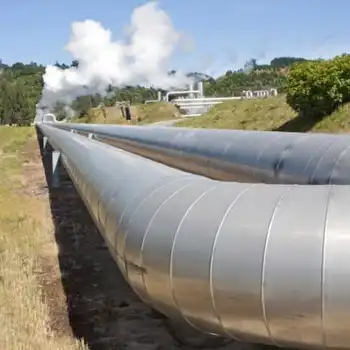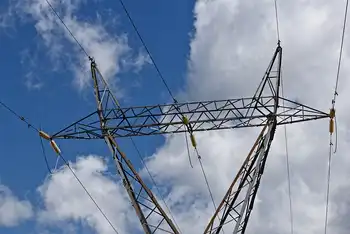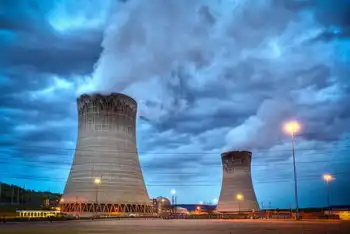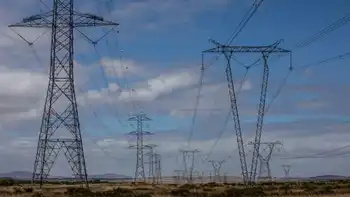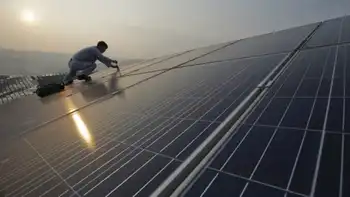Florida PSC agrees to hike power rates for new nukes
By Associated Press
Substation Relay Protection Training
Our customized live online or in‑person group training can be delivered to your staff at your location.
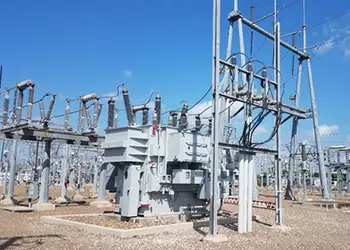
- Live Online
- 12 hours Instructor-led
- Group Training Available
The Public Service Commission approved the increases for Florida Power & Light Co. and Progress Energy Florida Inc.
They are the first rate increases approved under a 2006 state law designed to encourage utilities to invest in more nuclear power instead of plants that burn fossil fuels such as coal, oil and gas, which have been blamed for contributing to climate change.
"The Legislature directed the commission to address nuclear construction costs annually, to spread the rate impact to customers over time and to reduce financial and regulatory risk that would otherwise prevent nuclear projects," said PSC Chairman Matthew M. Carter II.
Progress Energy' residential rates will go up by about $11.40 per month for 1,000 kilowatt hours — a bit less than average use. Its two new nuclear units will come online in 2016 and 2017.
The monthly increase for FPL's residential customers using that amount of power will be about $2.50. The company also is building two new units that are due to be completed in 2018 and 2020.
In 2009, the rate increases will provide FPL with $220.5 million and Progress Energy $418 million for the nuclear plants. The companies can seek similar cost recovery charges during each year of construction.
FPL serves more than 4.4 million customers in South Florida and along the state's east coast. Progress Energy has about 1.7 million customers in central and north Florida.
In the past, utilities had to recover their building costs at the end of a project. That made new plant construction more expensive in part because they had to borrow money they're now getting in advance from customers.
"It's almost like mitigating the cost of the plant over a longer period by allowing them to begin recovery of costs during construction," said Cayce Hinton, the commission's cost recovery chief.
The last nuclear plant to be built in the United States opened near Spring City, Tenn., in May 1996. It is operated by the Tennessee Valley Authority.
There are 104 commercial nuclear plants in 31 states licensed by the U.S. Nuclear Regulatory Commission, according to federal statistics.





